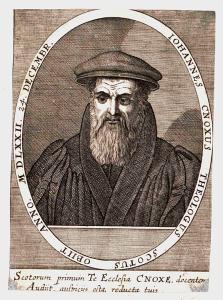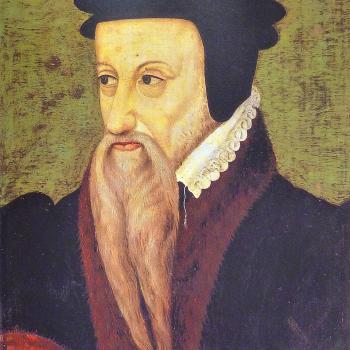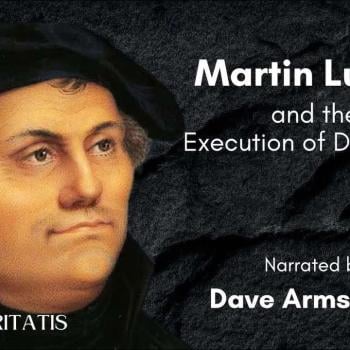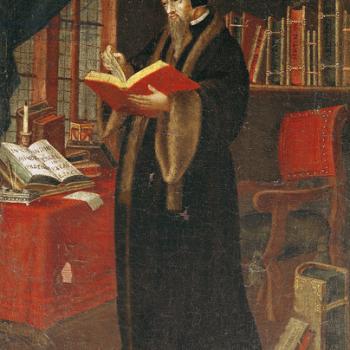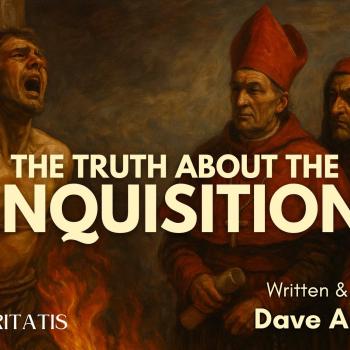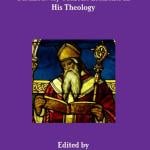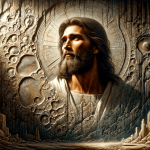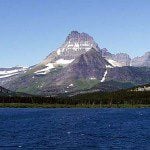[originally posted on my blog on 10 March 2008]
***
[Part II of the article, “Penal Laws,” in The Catholic Encyclopedia; original written by Edwin Burton, E. A. D’Alton & Jarvis Kelley, 1911. Some paragraph breaks added]
***
The first penal statutes were enacted by the Scottish Parliament of 1560, which, on 14 August, passed three statutes; the first abolishing the jurisdiction of the pope, the second repealing all former statutes in favor of the Catholic Church, the third providing that all who said or heard Mass should be punished for the first offence by the confiscation of their goods and by corporal penalties, for the second by banishment from Scotland, for the third by death.
A temporary relaxation of these laws was due to Mary Queen of Scots, and a statute was even passed in 1567 giving liberty to every Scotsman to live according to his own religion; but shortly after the Queen’s marriage with Bothwell a proclamation was extorted from her on 23 May, 1567, by which severe penalties were renewed against all who refused to conform to Protestantism.
After Mary’s deposition the Parliament of 1568 passed further acts ratifying the establishment of Protestantism, and prohibiting the exercise of any other ecclesiastical jurisdiction. Lennox’s Parliament (1571) decreed the apprehension of all persons possessing papal Bulls or dispensations or gifts and provisions of benefices.
The persecution carried on under these statutes by the Privy Council and by the General Assembly was very severe. The Privy Council issued several proclamations during the next half-century enforcing the penal statutes, forbidding the harbouring of Catholic priests, ordering parents to withdraw their children from Catholic colleges abroad, and rendering husbands liable for the acts of their wives done in support of the Catholic cause. A commission issued in July, 1629, ordered that, should persecuted Catholics take refuge in fortified places, the commissioners should “follow, hunt and pursue them with fire and sword”.
Though in Scotland there were fewer martyrdoms than in England or Ireland, yet the persecution fell even more heavily on the rank and file of Catholics, and in some respects they suffered outrages not paralleled in England, such as the simultaneous expulsion of all Catholics from their homes which was ordered and carried out in 1629-30. But there were times of comparative tranquility when the rigour of the law was not enforced.
At the close of the seventeenth century fresh statutes were passed. In May, 1700, an Act of Parliament offered a reward of five hundred merks for the conviction of any priest or Jesuit; the same statute disabled Catholics from inheriting property or educating their children. After the Act of Union, in 1707, the Penal Laws were still enforced. In addition to the provisions already recorded and other sufferings which they shared with English Catholics, there were galling restrictions peculiar to Scotland.
The purchase or dissemination of Catholic books was forbidden under pain of banishment and forfeiture of personal property. They could not be governors, school-masters, guardians or factors, and any one who employed them as such was fined a thousand merks. They were fined five hundred merks for teaching “any art, science or exercise of any sort”. Any Protestant who became a Catholic forfeited his whole hereditable estate to the nearest Protestant heir.
The first repeal of the Penal Code was effected by the Act for the relief of Scottish Catholics, which received the royal assent in May, 1793, and practically complete liberty was granted to them under the provisions of the Catholic Emancipation Act of 1829.
The Scottish Reformation, which began in the Lowlands, achieved only partial success in the Gaelic-speaking Highlands. Roman Catholicism remained strong in much of the Highlands, aided by Irish Franciscan missionaries who regularly came to the area to perform Mass, as they shared a similar language. The Highlands are often described as the last bastion of Roman Catholicism in Great Britain, with significant strongholds such as Moidart, Morar, South Uist and Barra. The Scottish Highlanders’ strong Catholicism led to much of their historical antipathy towards the Protestant English. This was in contrast to the Lowland Scots, most of whom converted to Protestantism and thus were more willing to unite with the English to create the United Kingdom.(from: “Scottish Highlands,” Wikipedia)
Photo credit: John Knox (1505-1572): “Reformer” of Scotland; portrait from 1572 [public domain / Wikimedia Commons]
***


